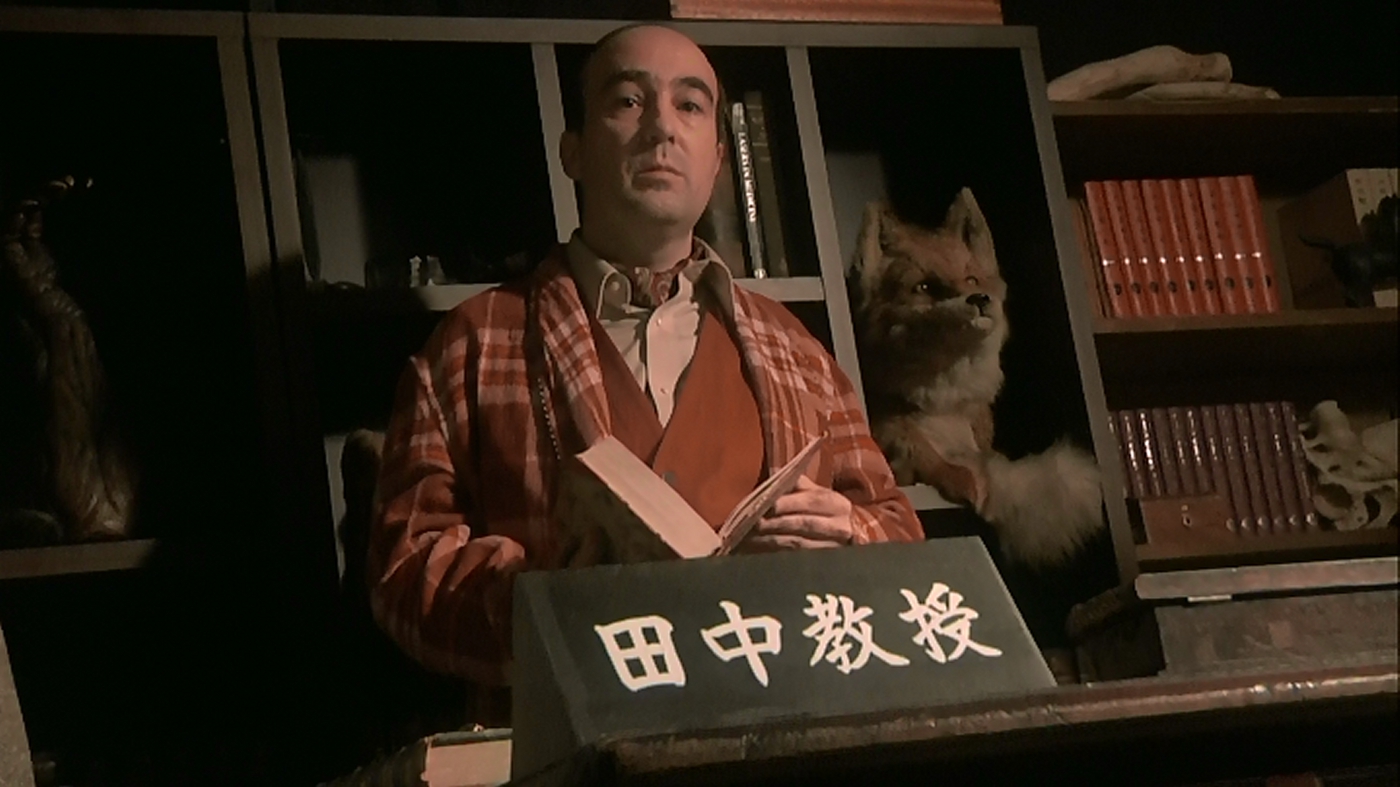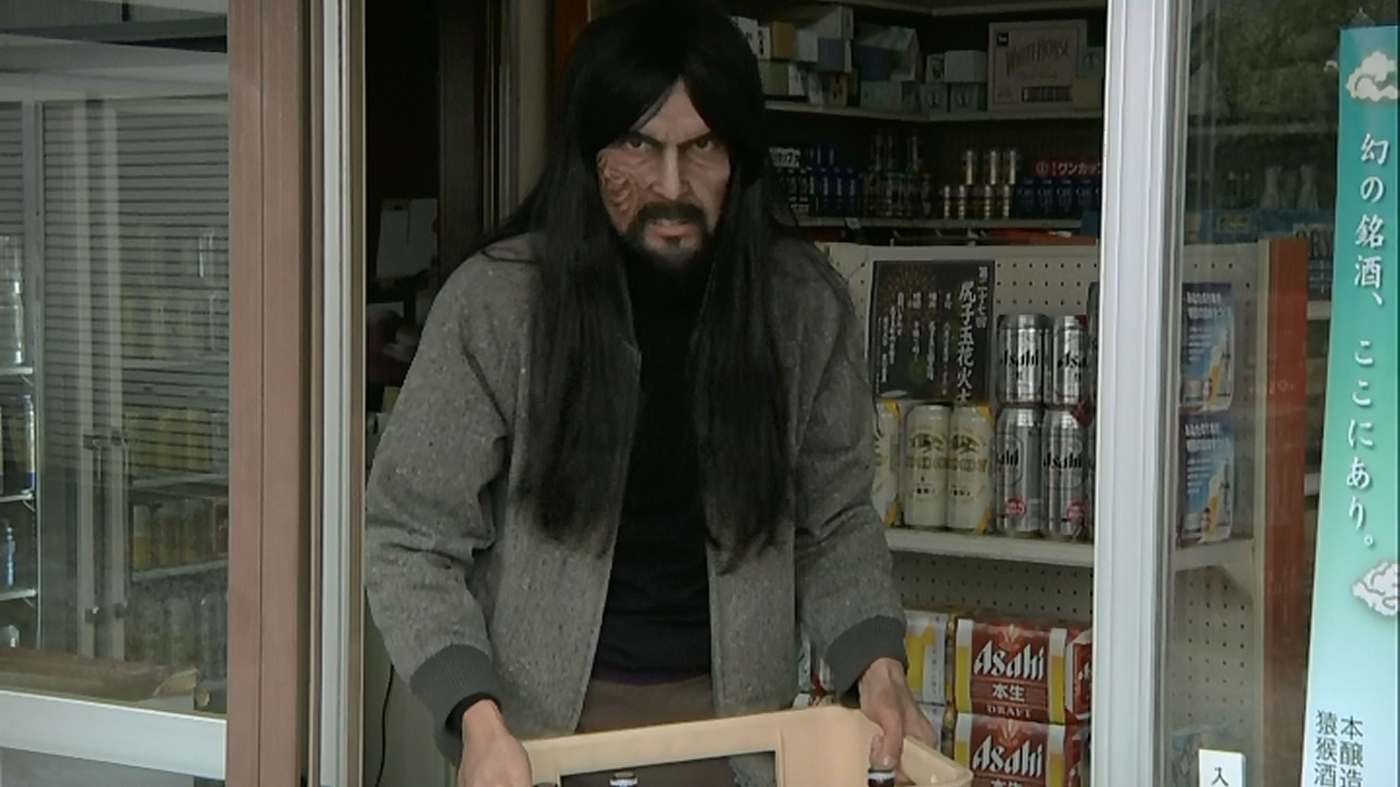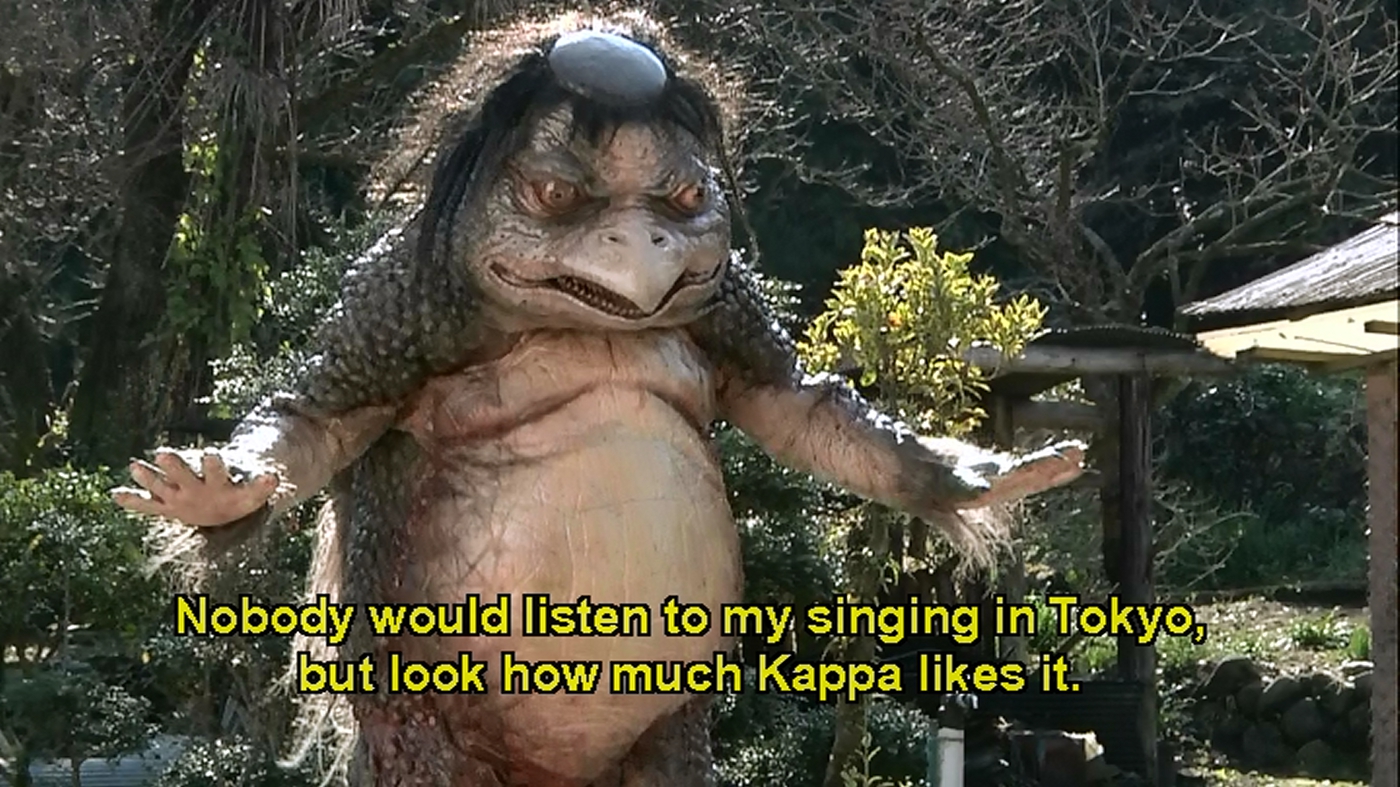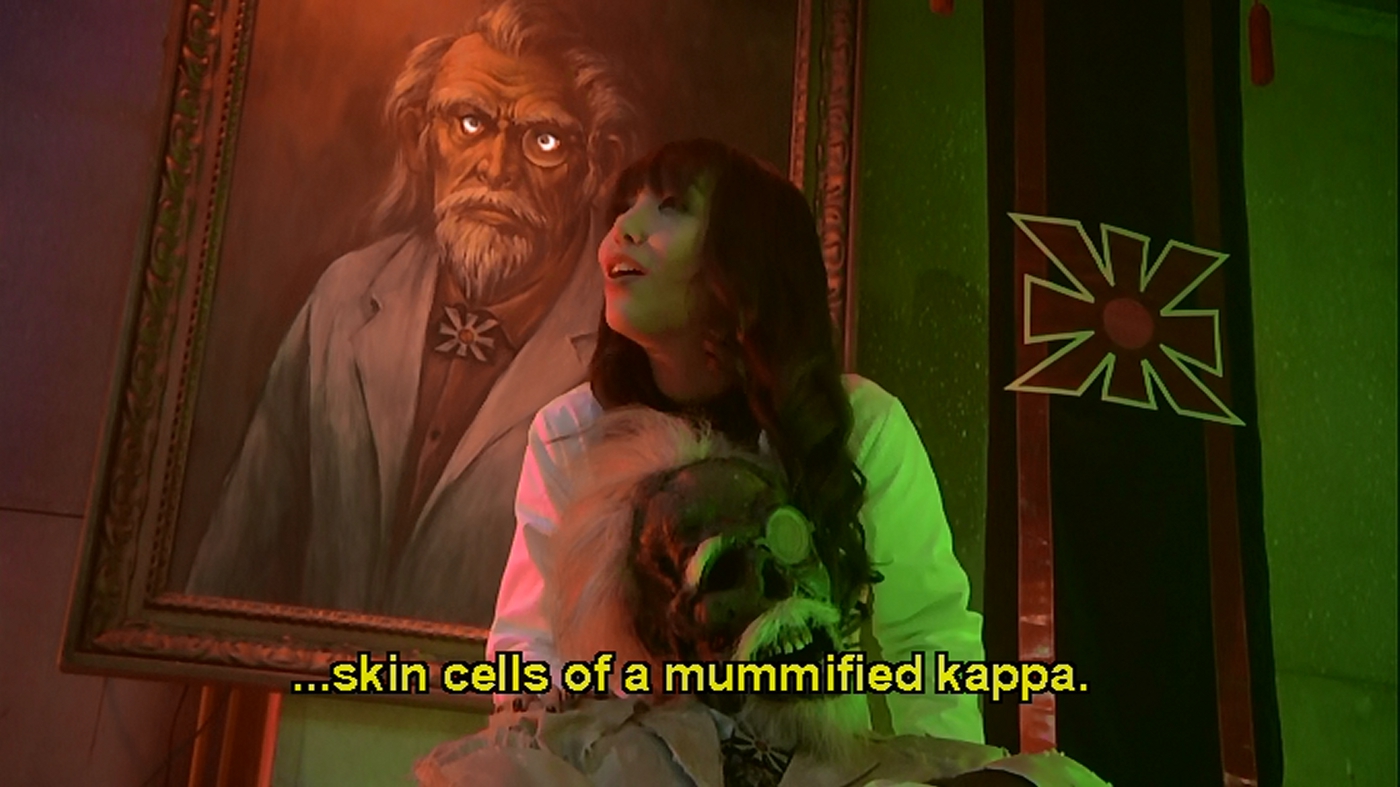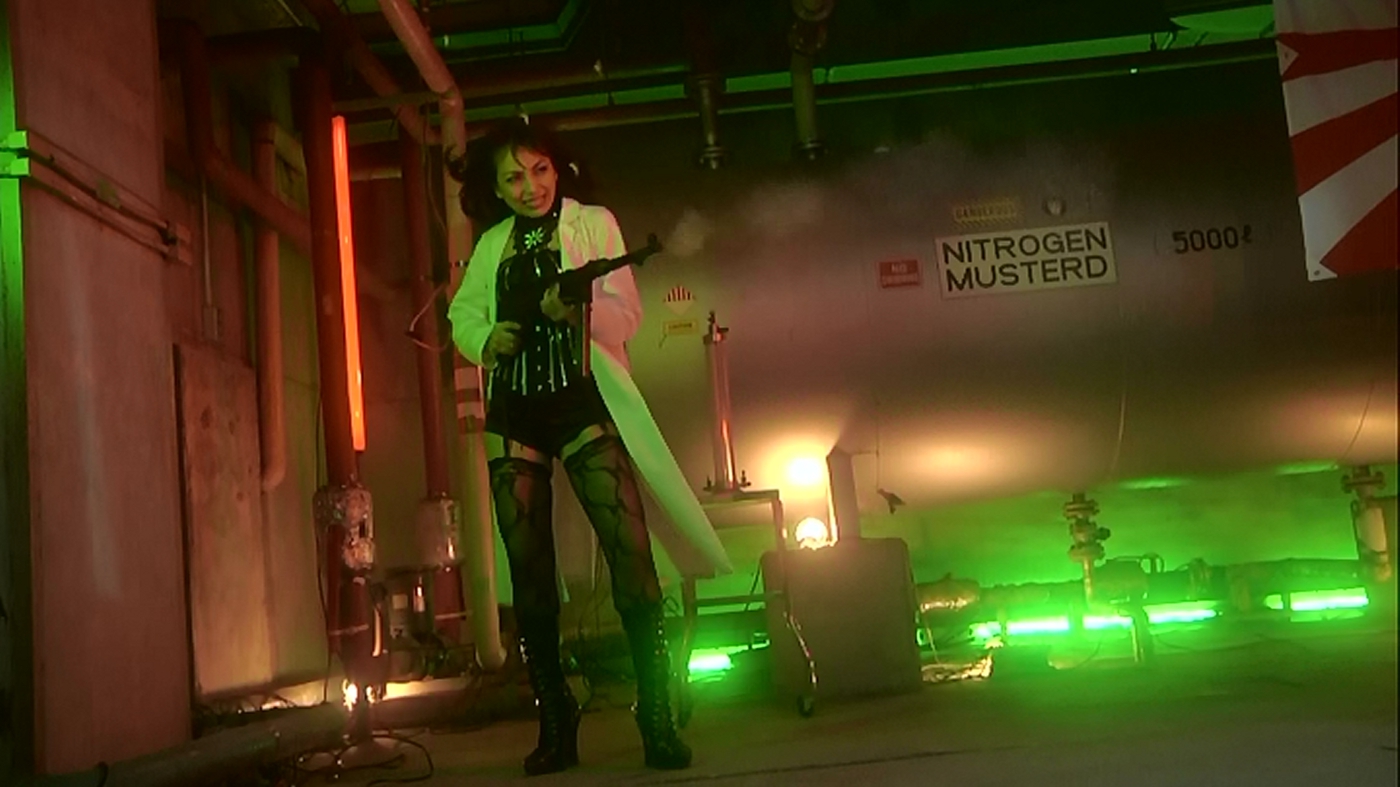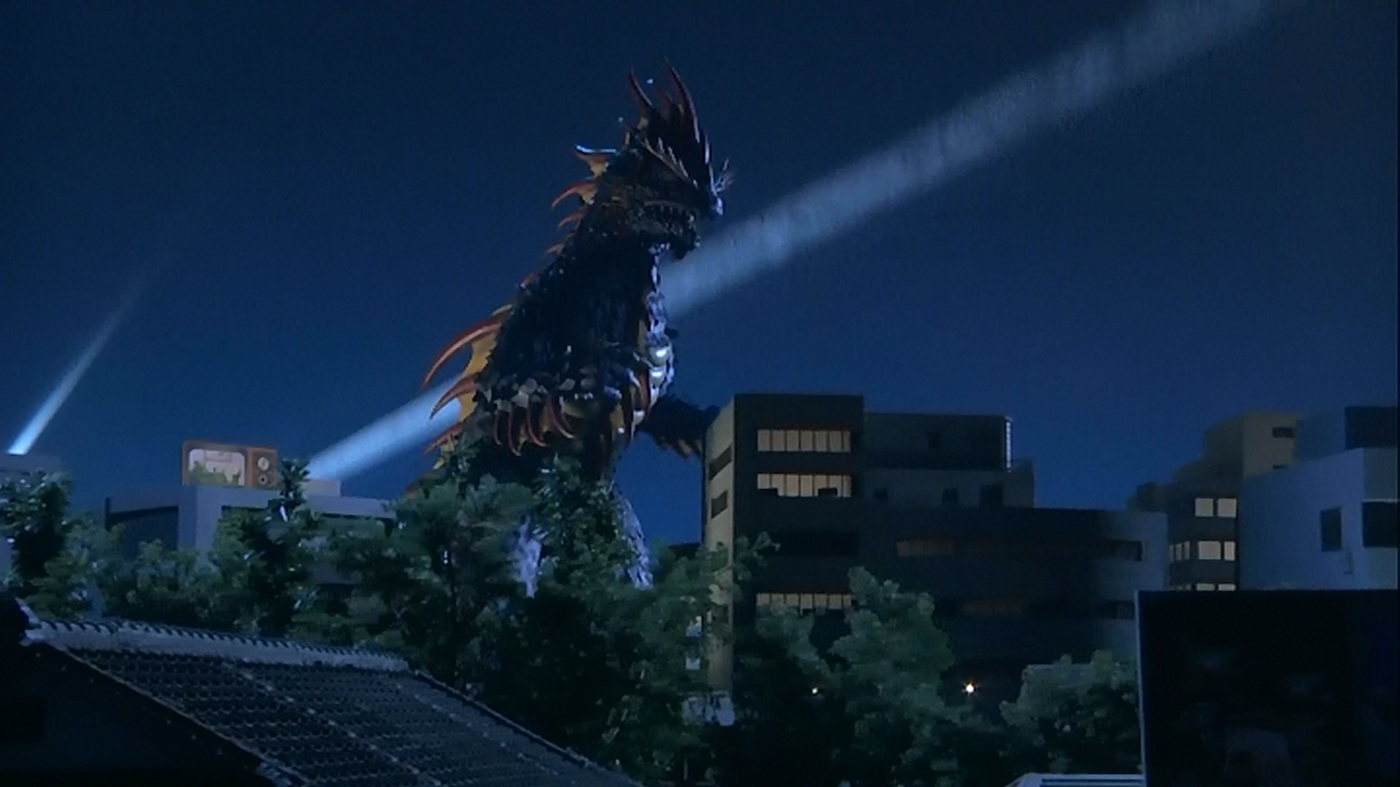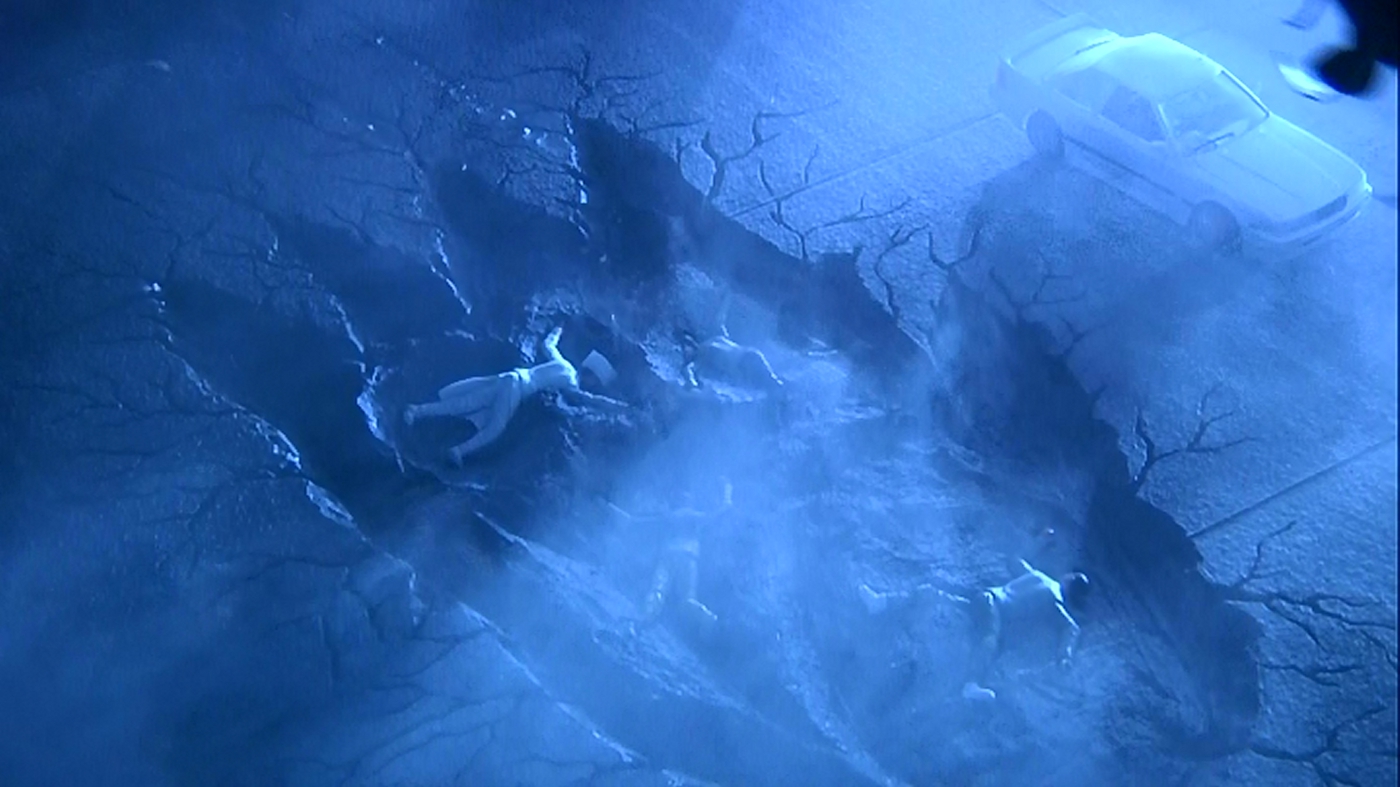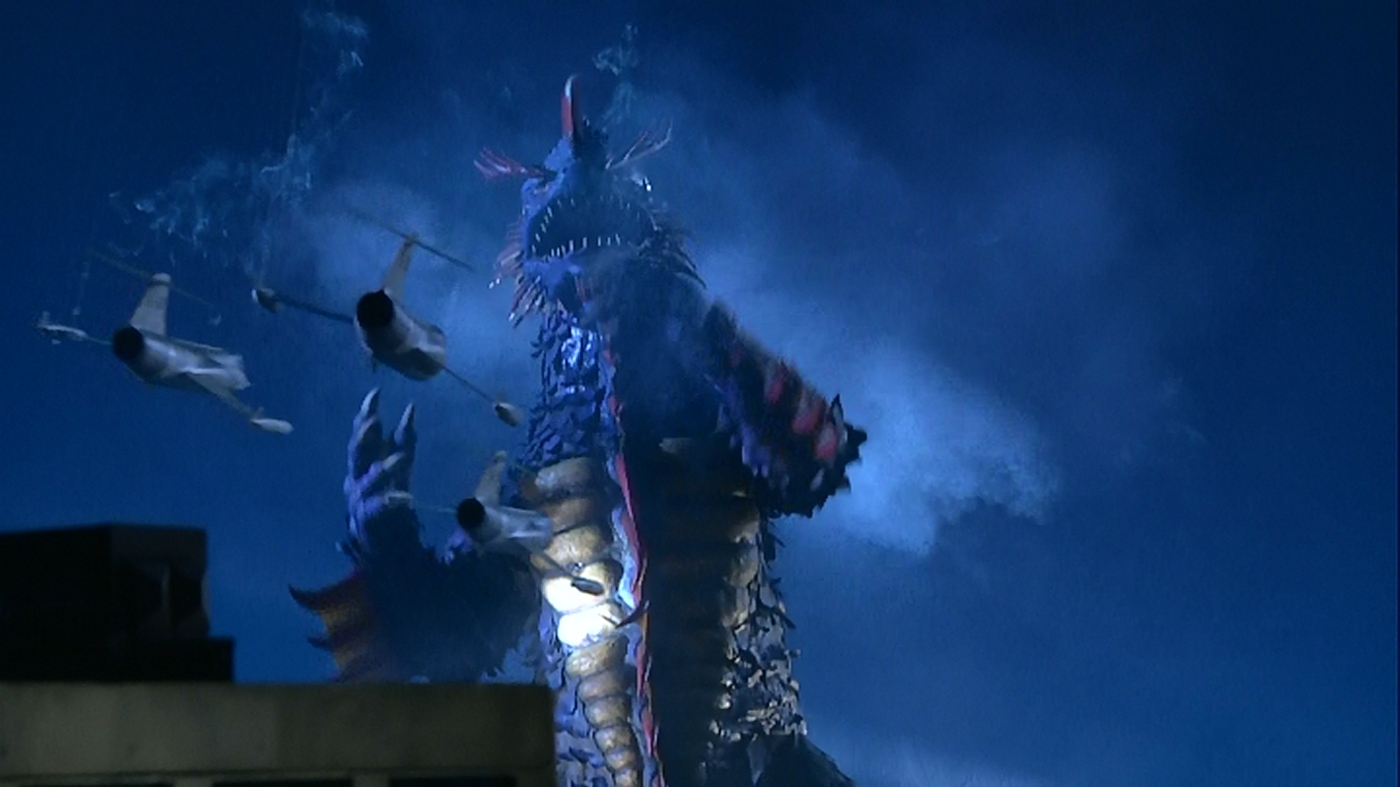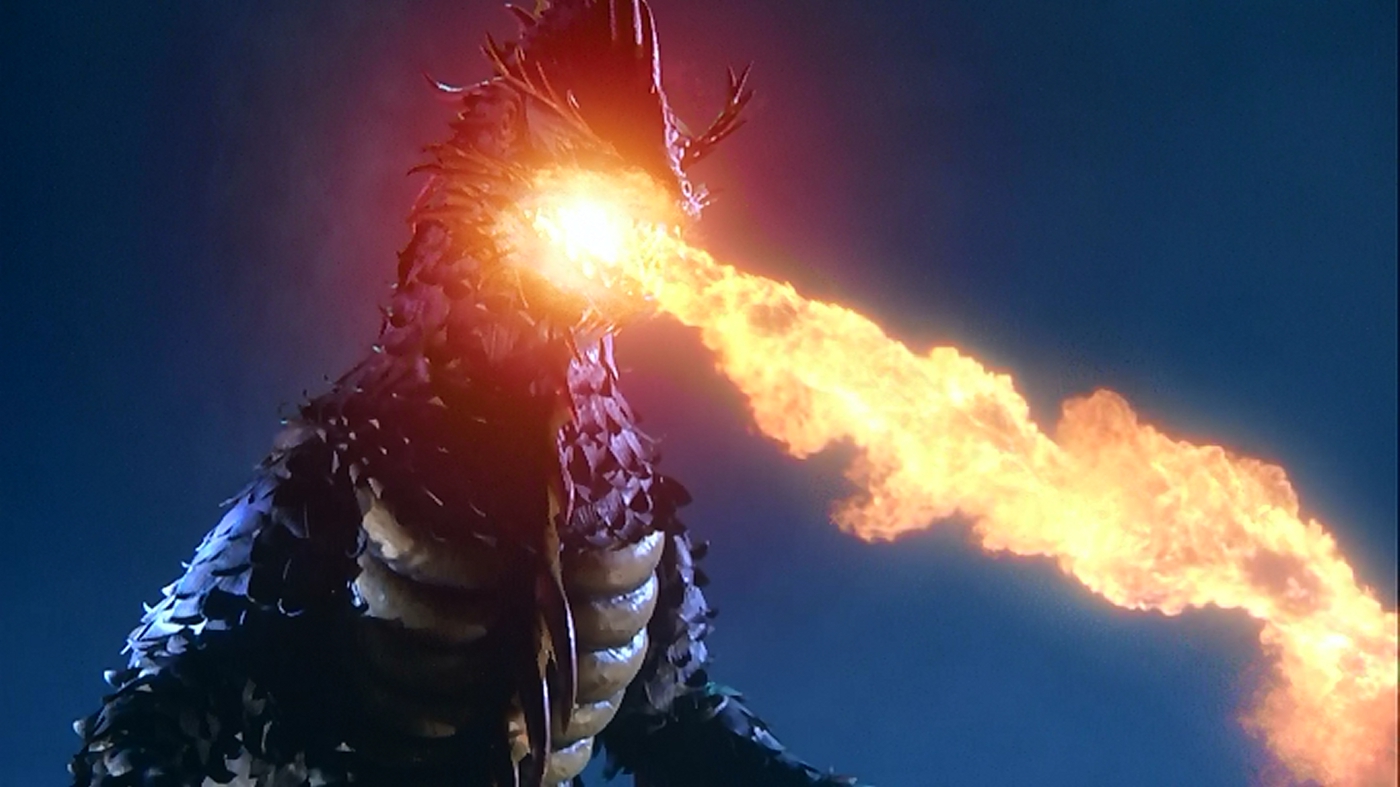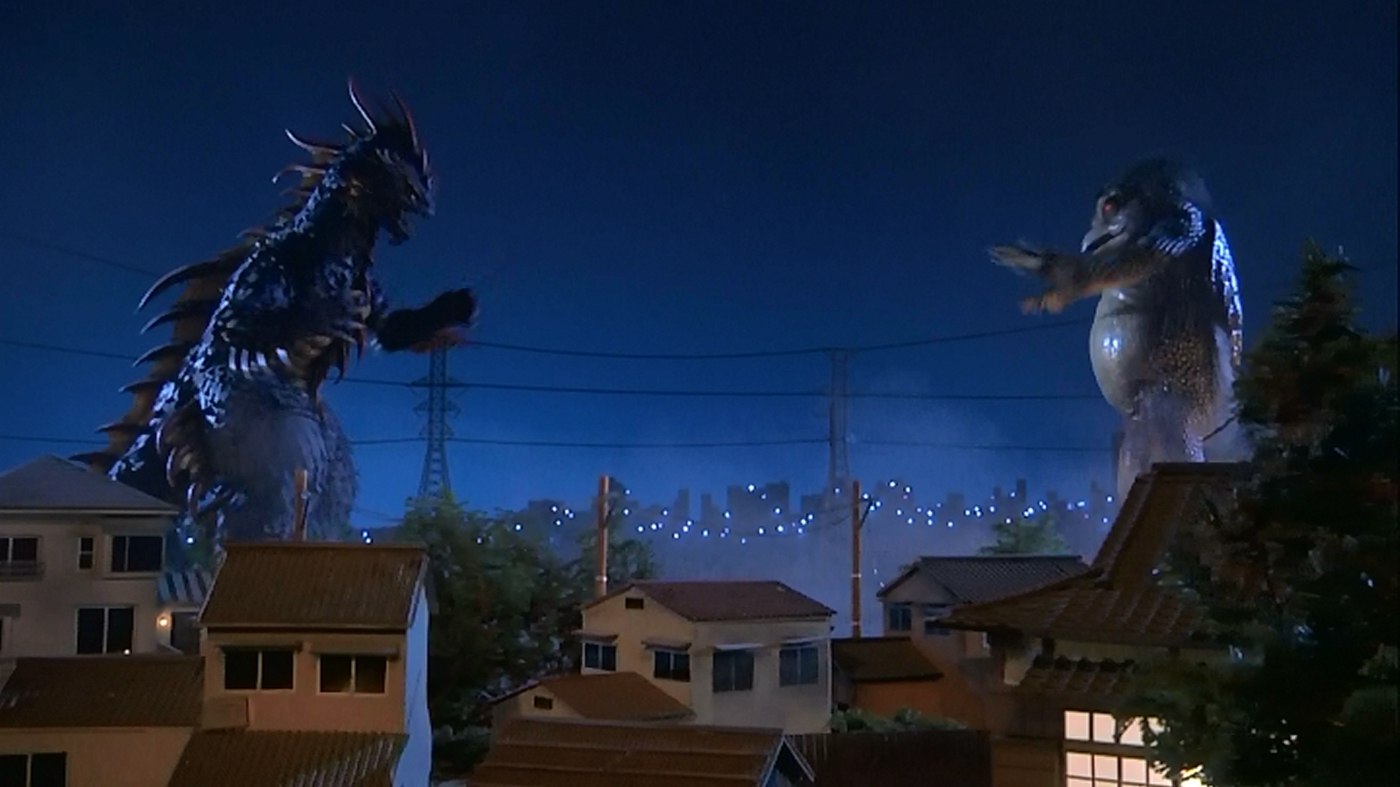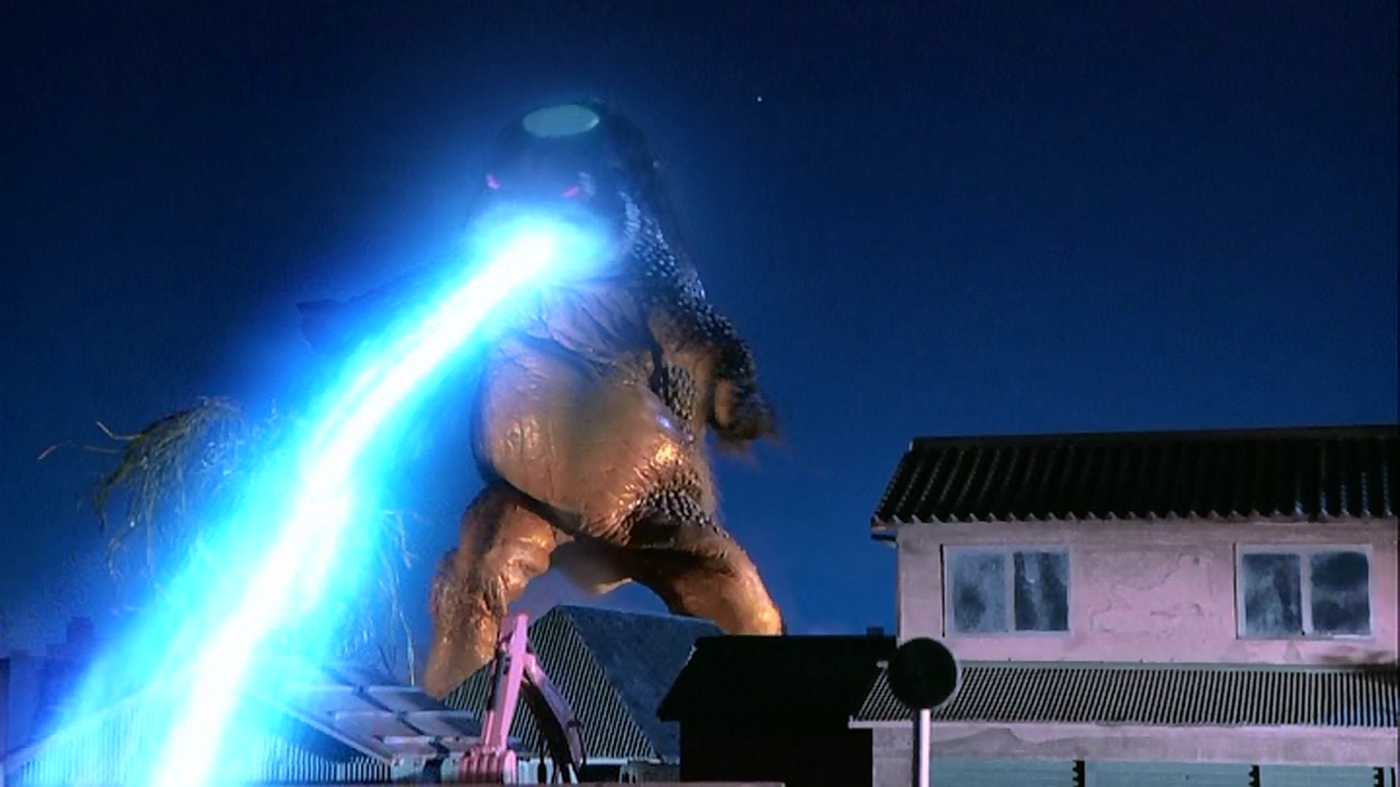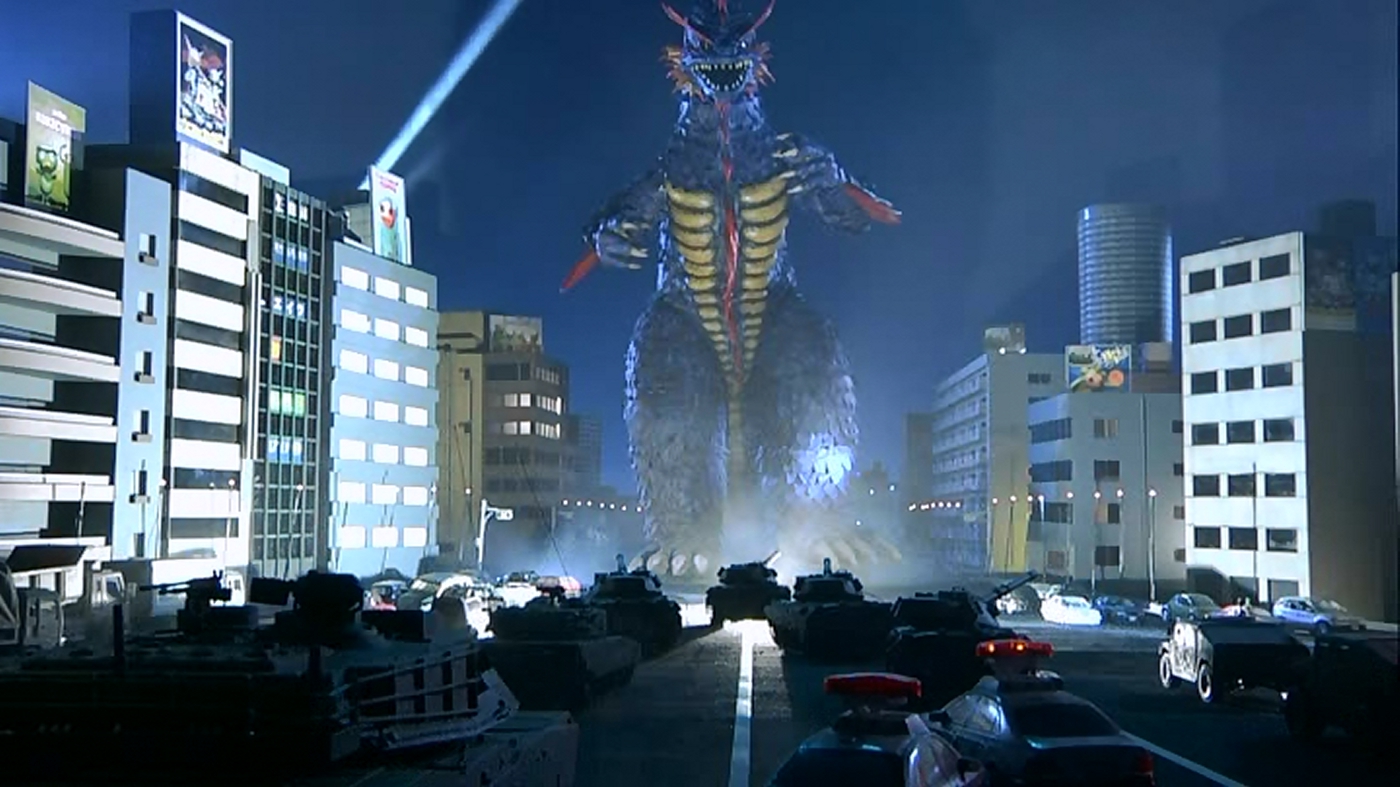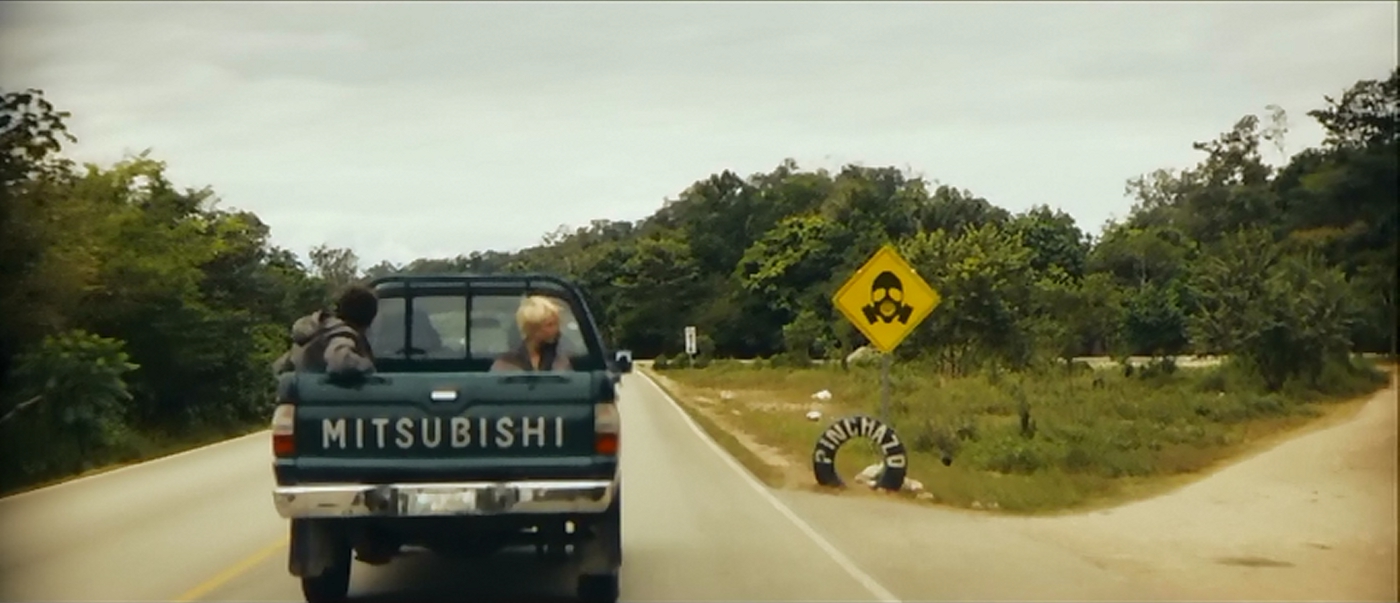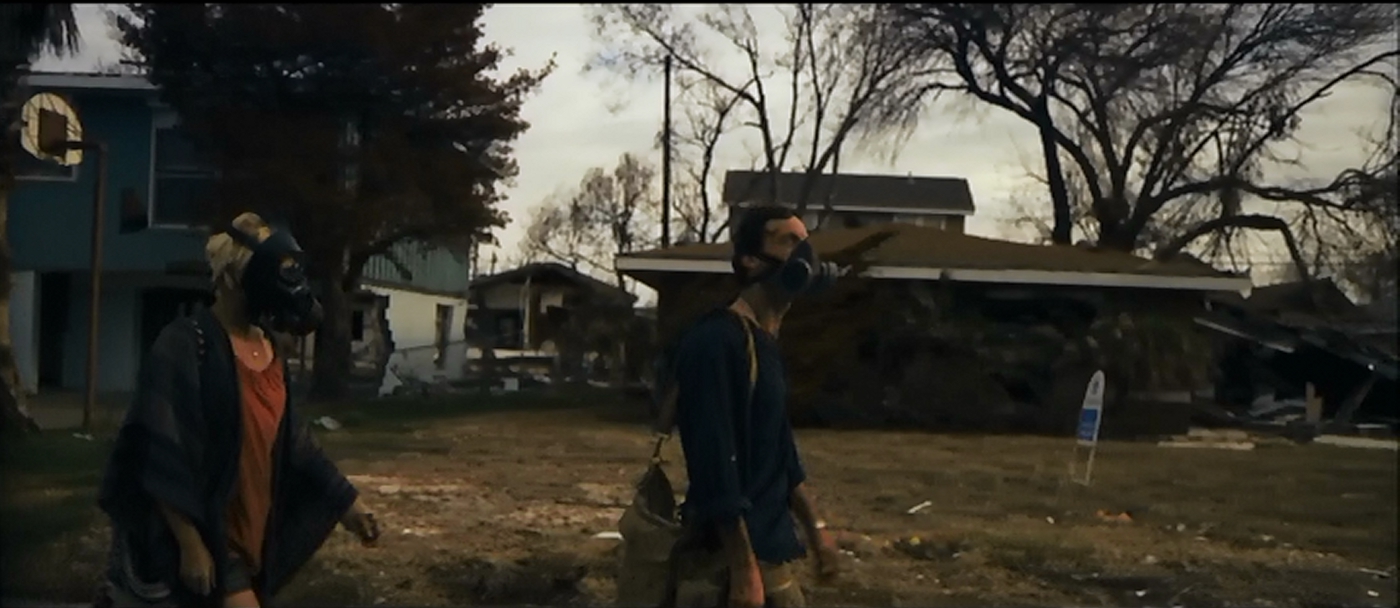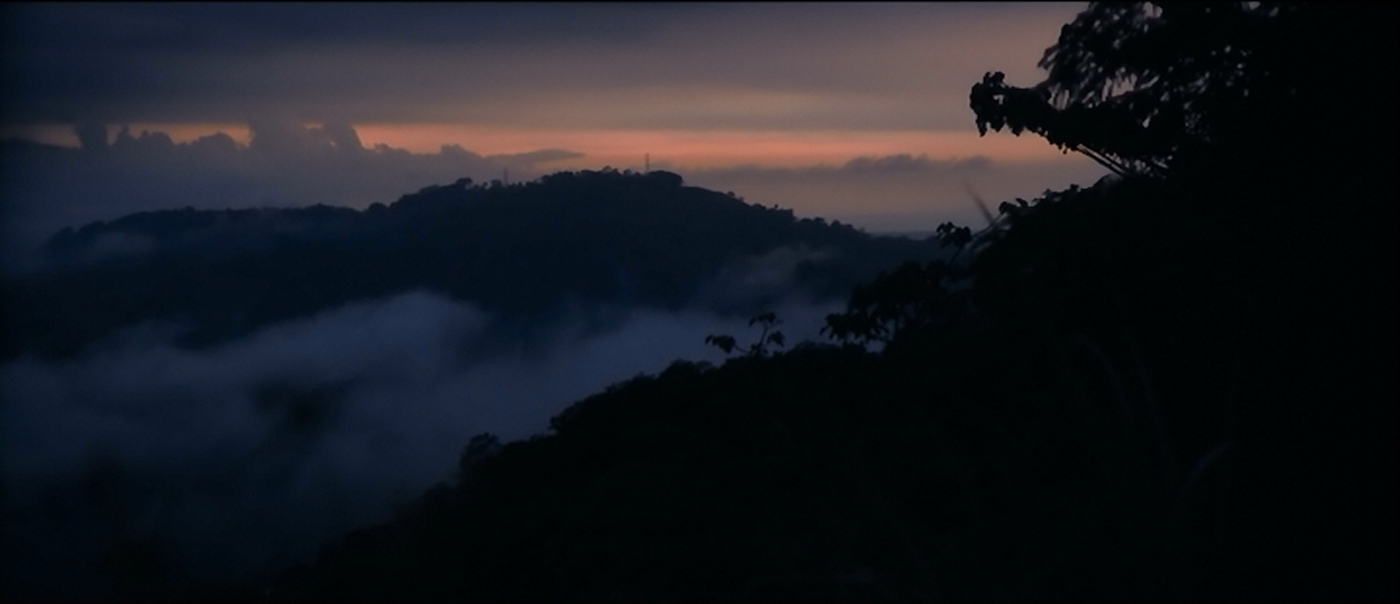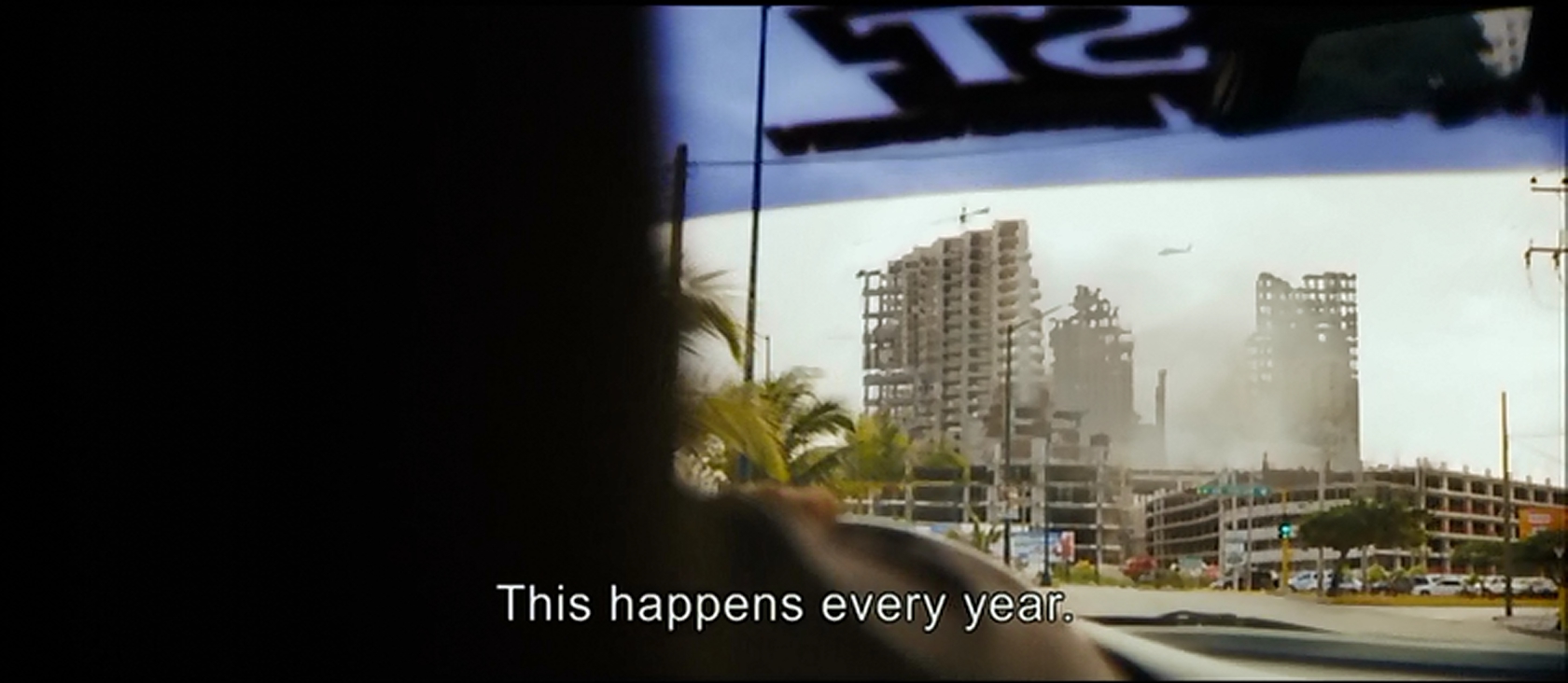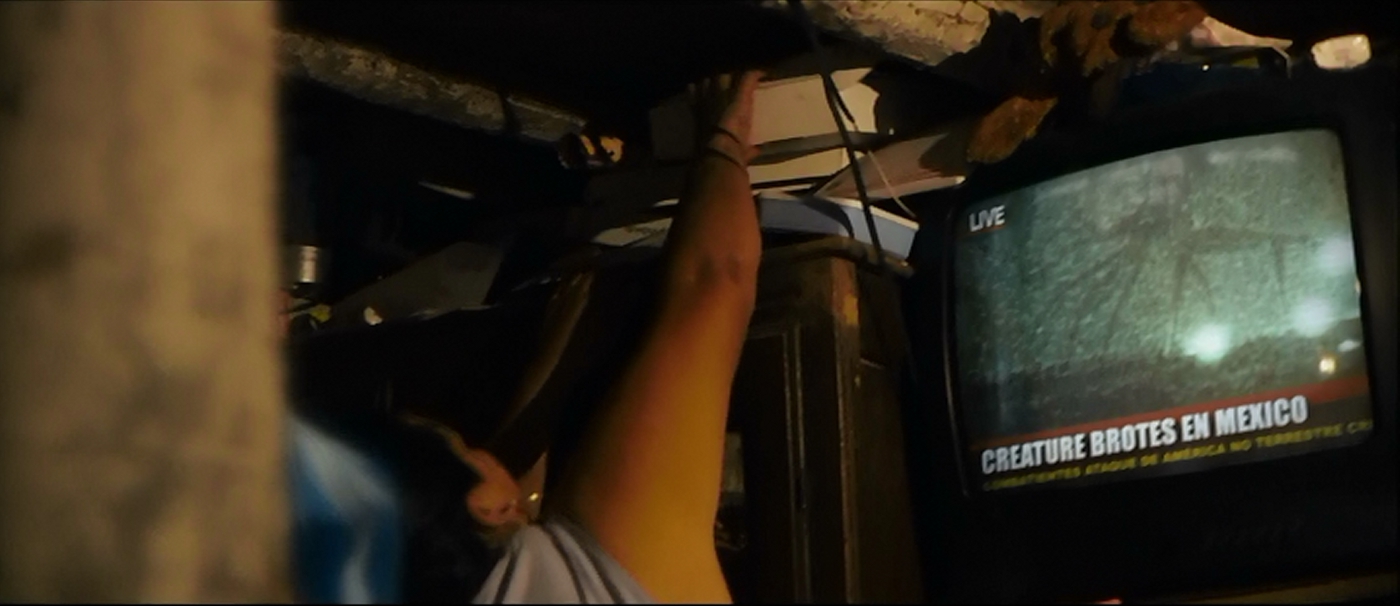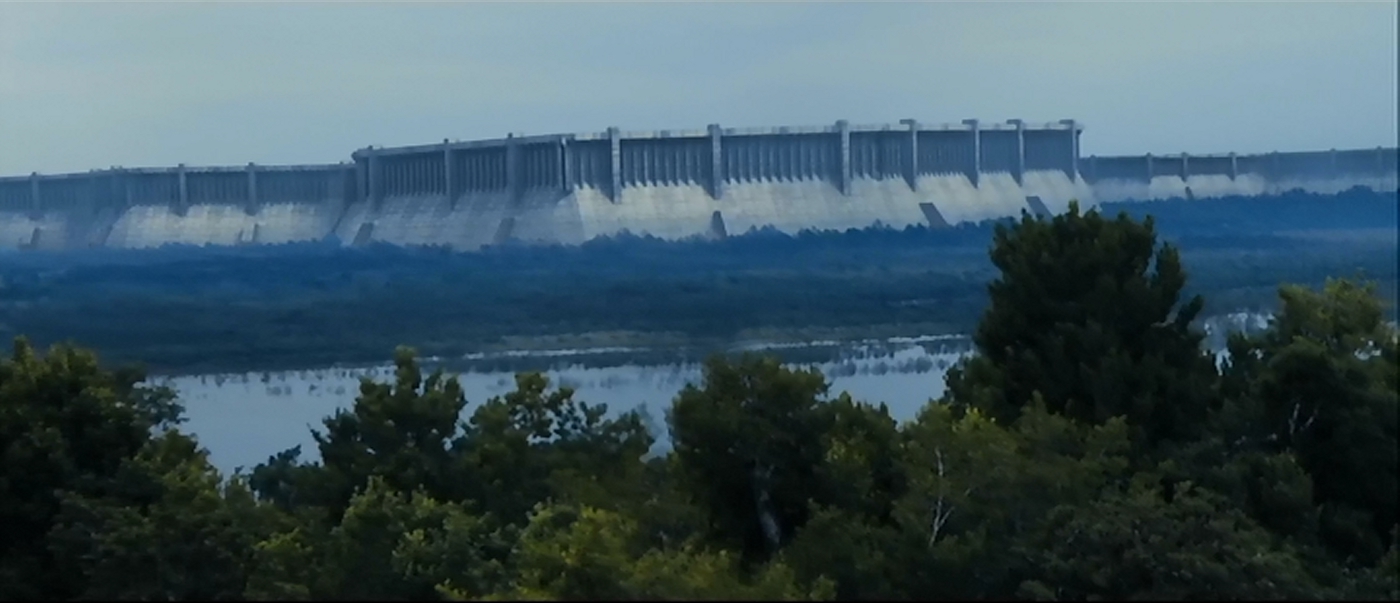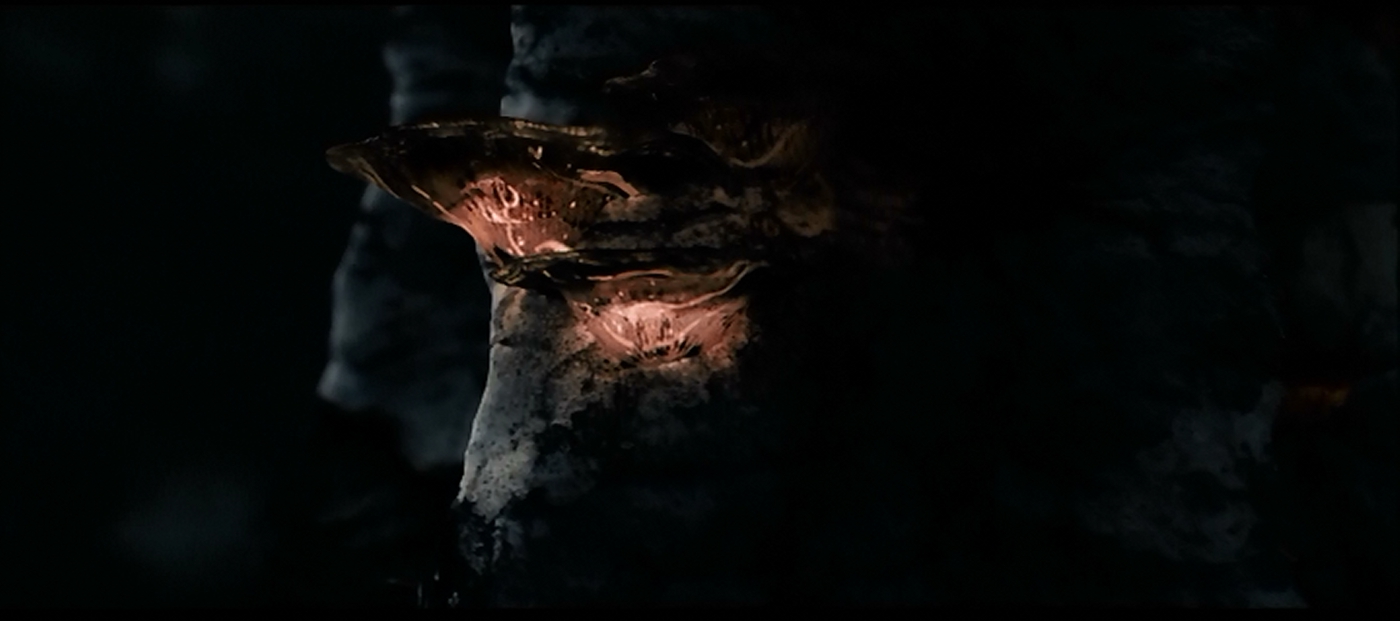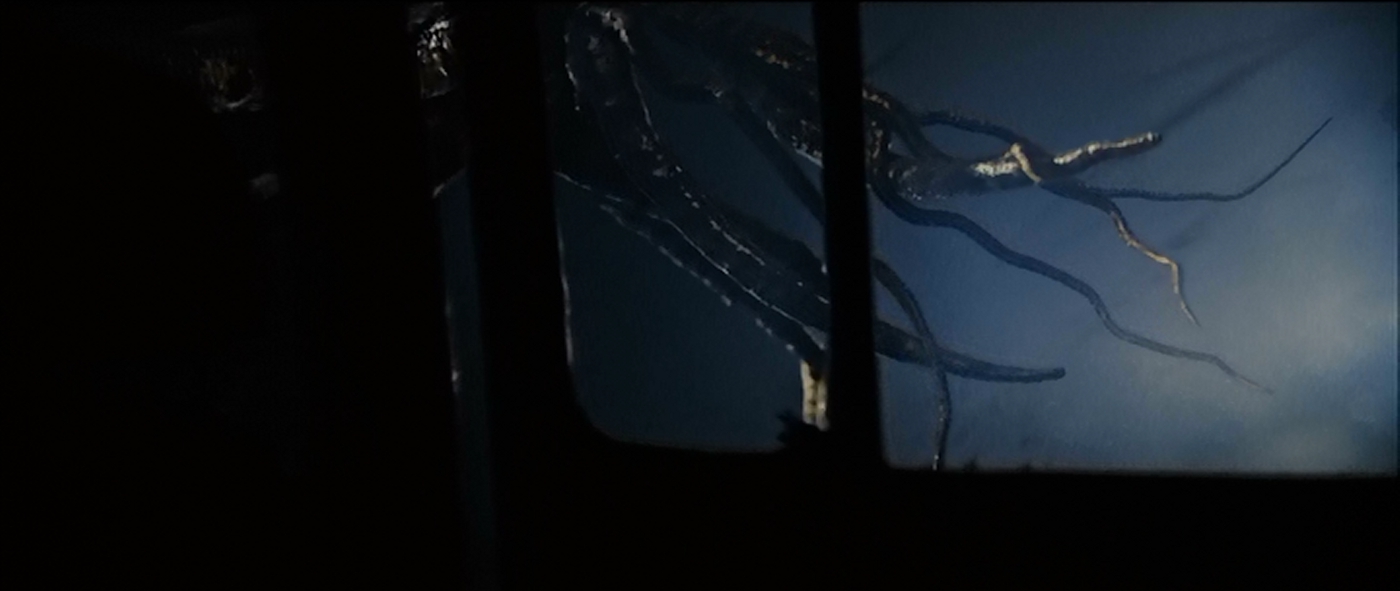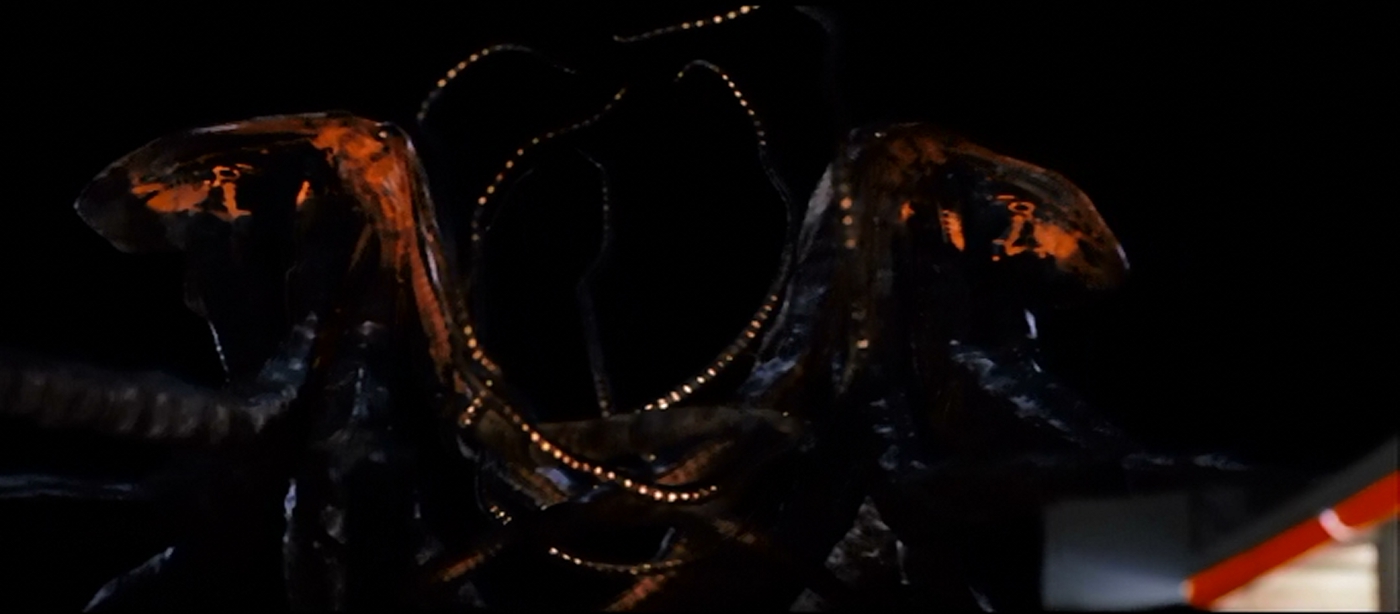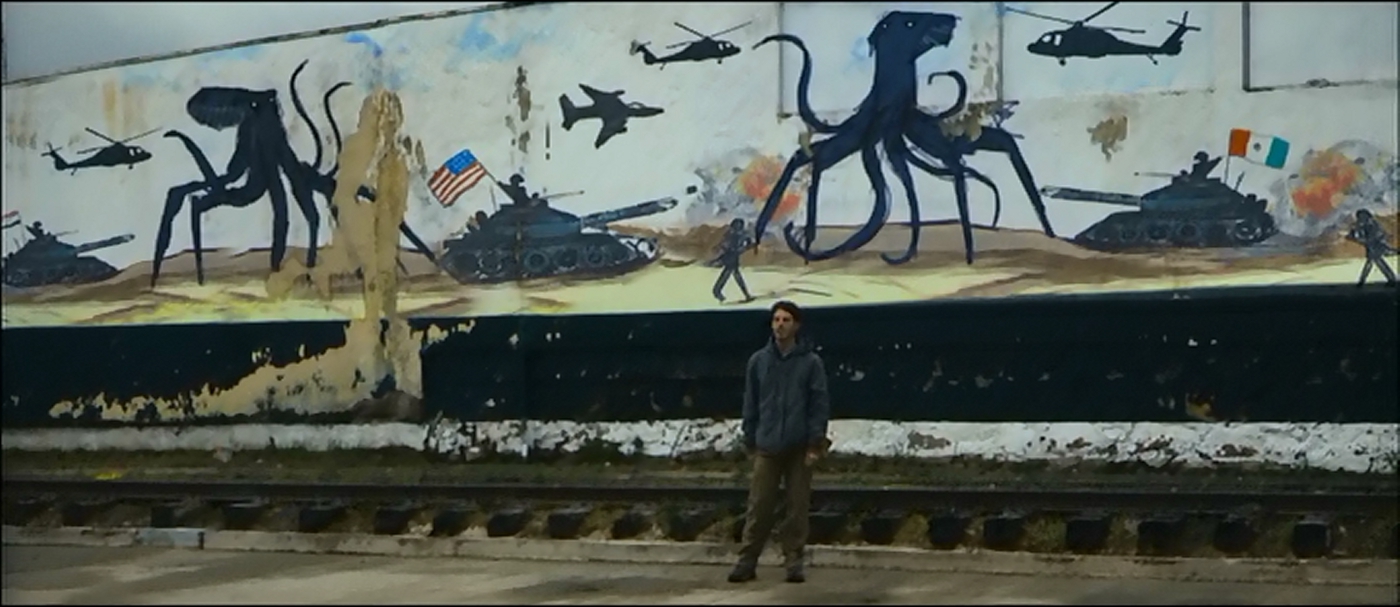Atlantic Rim had a budget of about half a million dollars; the same as Gareth Edwards' Monsters. It is so relentlessly cheap, in script and direction, that it looks cheaper than it is. Even such a cursory glance at kaiju film as the writers and directors took reveals that they know something about Kaiju film. True to its Kaiju roots. Stock footage of carrier groups to pad out the run time? Check. They could have learned a lot from Daiei, if they'd cared to study.
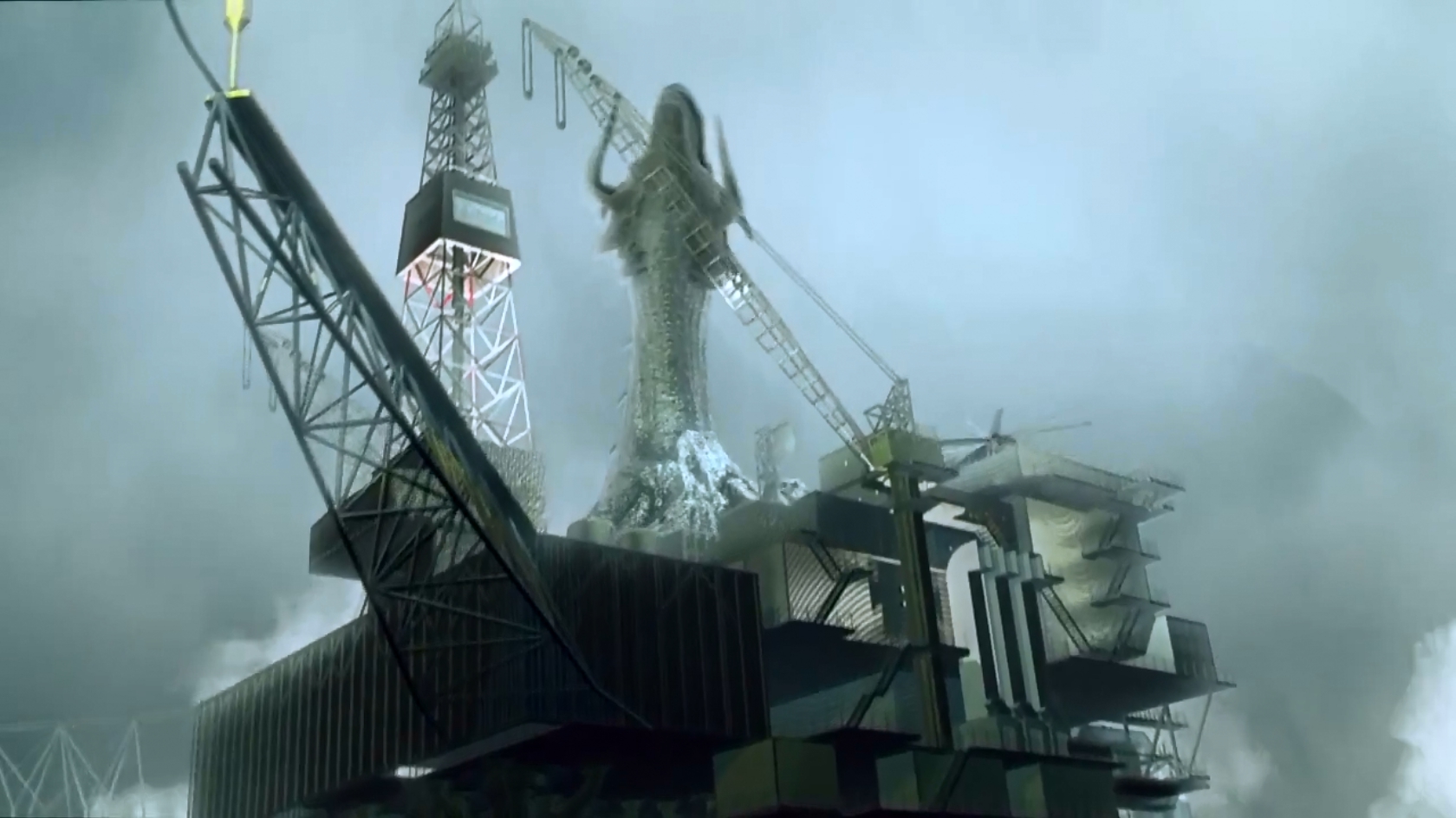
Like Godzilla, the creatures come from the sea. Because only the sea is large enough to conceal something this big. In this case, apparently, the sea is the Persian Gulf, according go the screen in the minisub. There's an oil rig, and it gets attacked by a giant monster from the sea. The script doesn't get much about 4th grade reading level. "An explosion would have registered on scientific readings." says the science advisor.
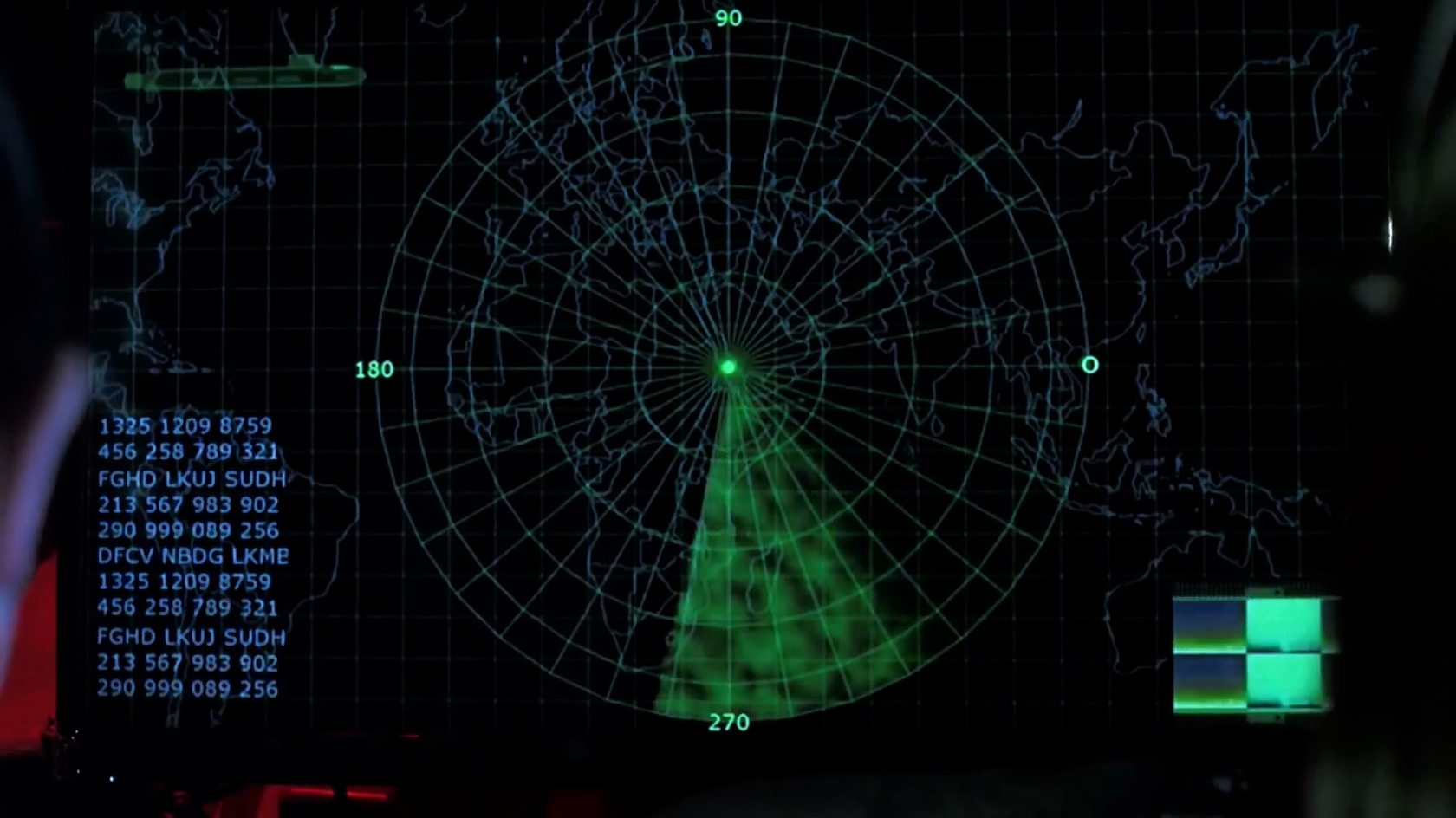
And there are our pilots. Entirely as unlikable of the characters in Cloverfield. The rogue, Red Watters, is an unpredictable loose cannon who has temper issues, and within three minutes of being introduced, is beating people up in an alley. There's also the girl, Tracey, and the other pilot, Jim, who seems like the only character who has ever seen the word restraint. Their call signs are red, blue, and green, which is the color of the lights in their cockpit. Although like Pacific Rim, they production team only built one cockpit, the only difference in Atlantic Rim is the color of the lights.
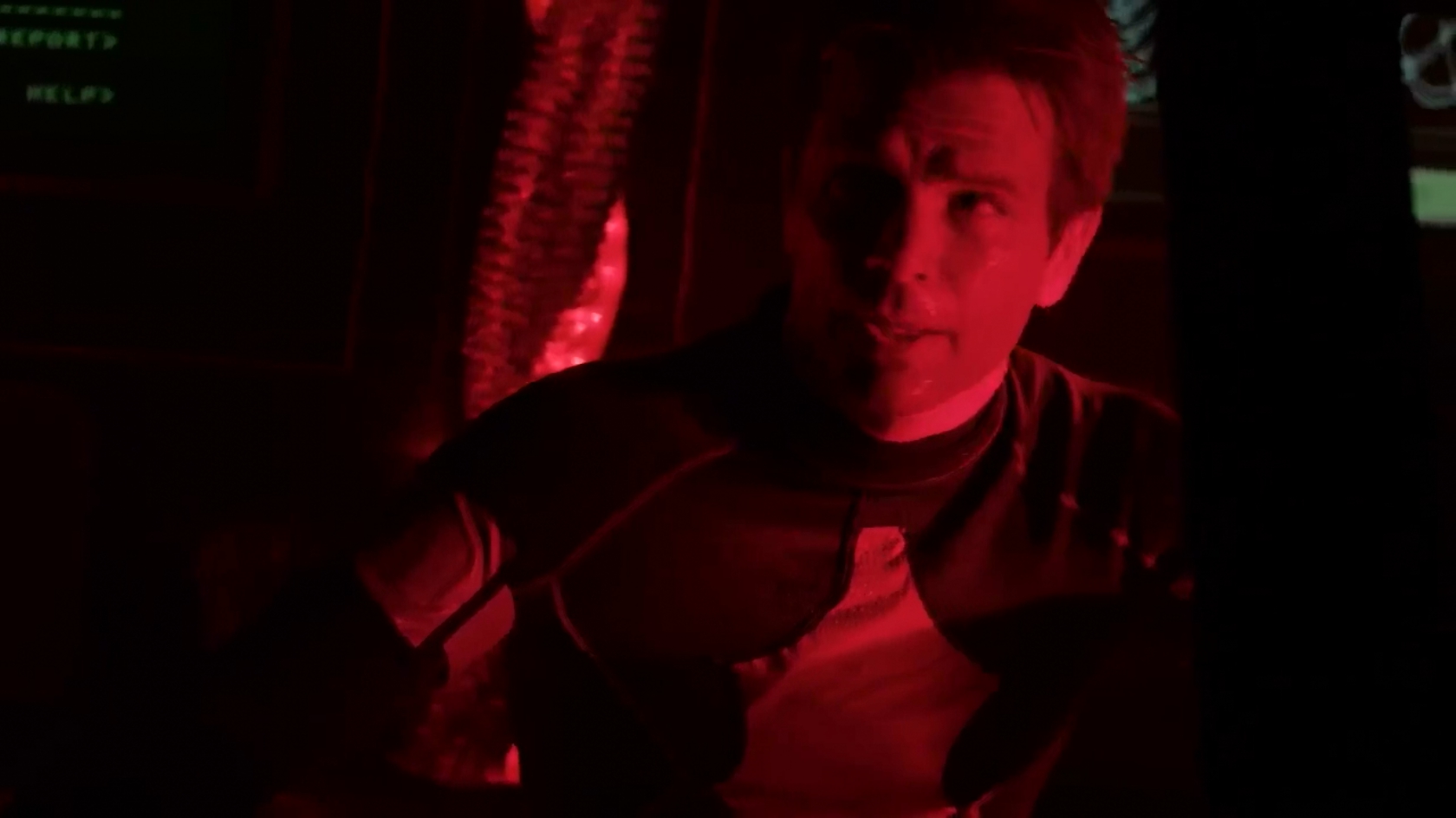
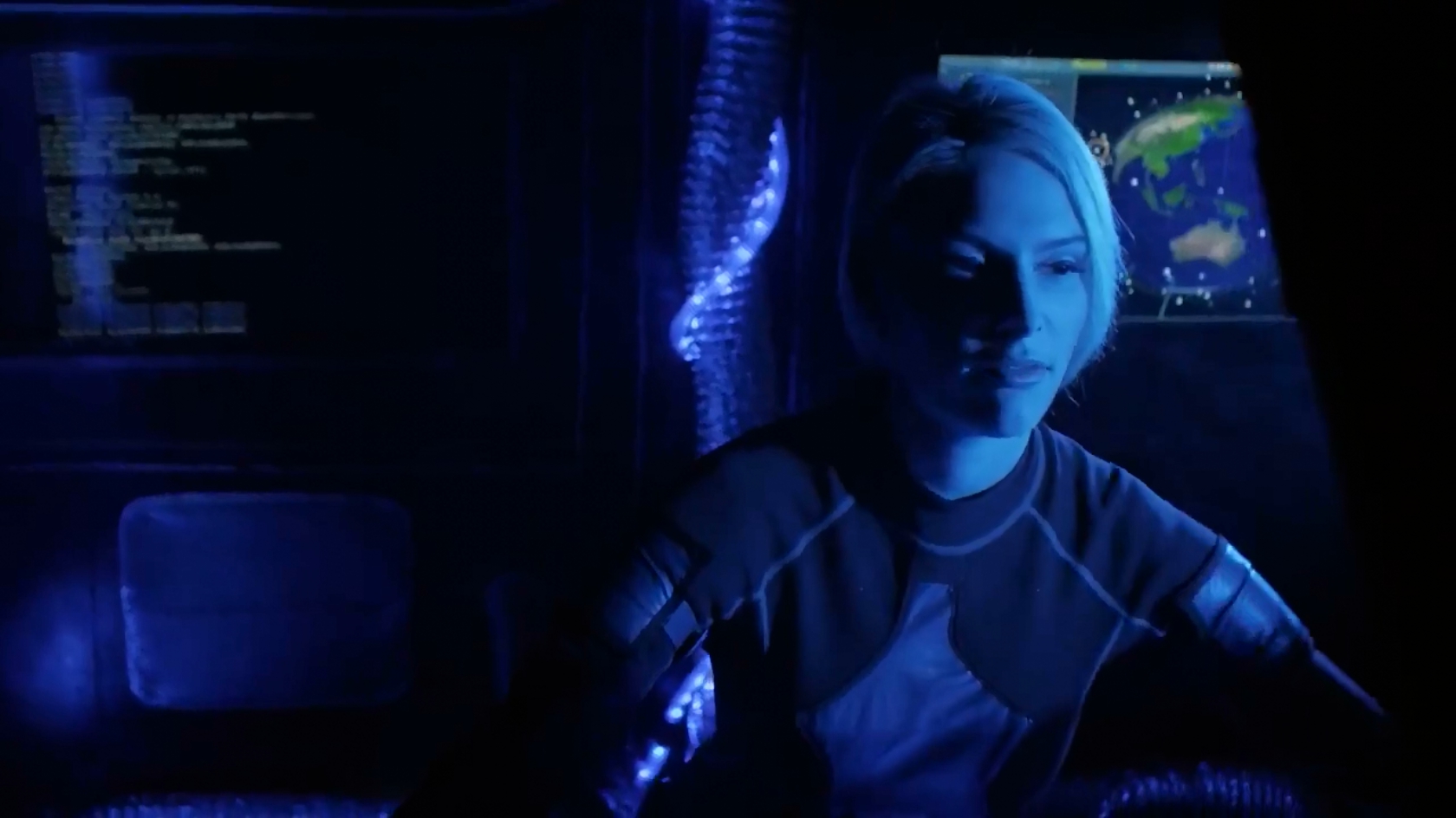
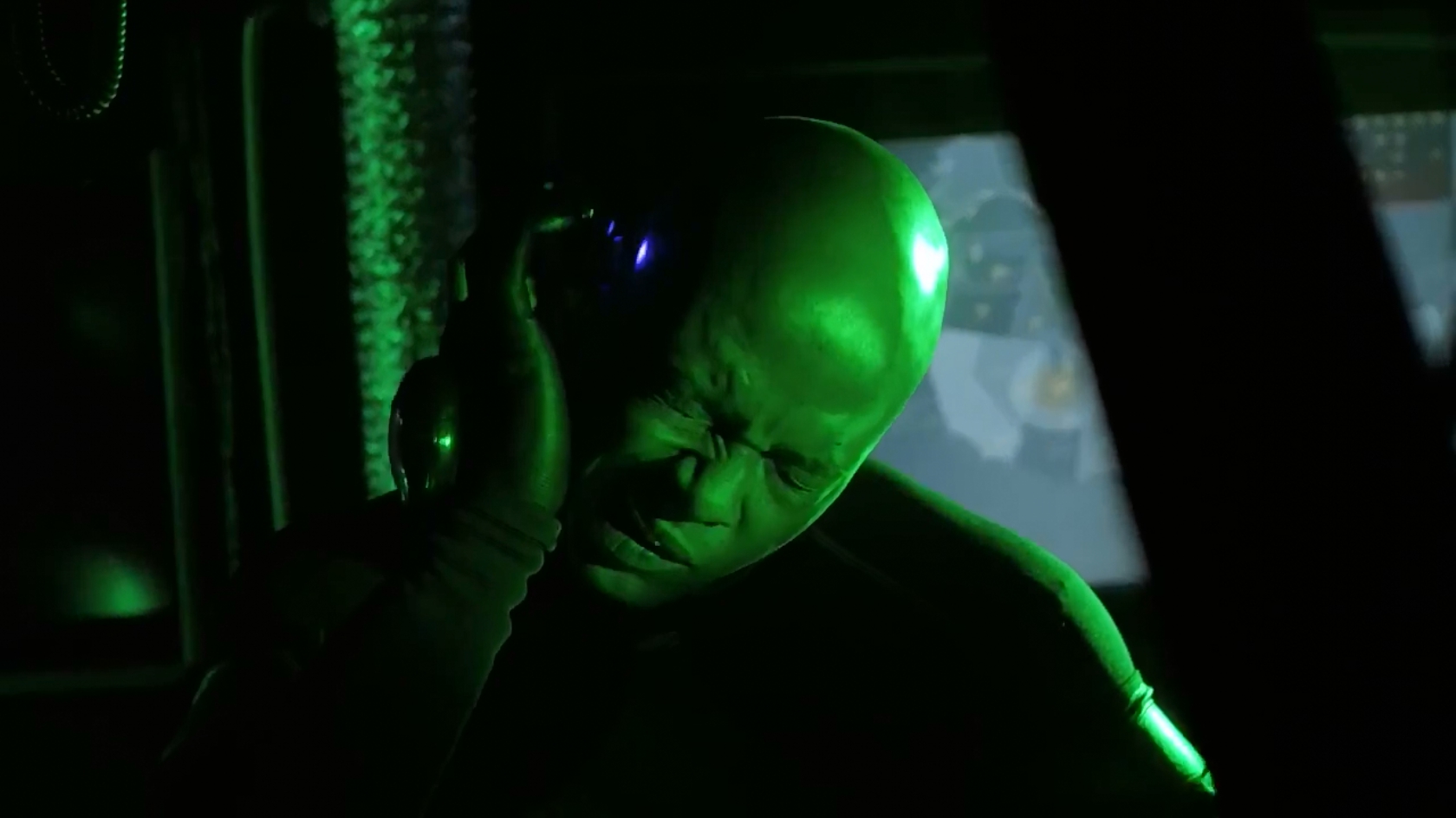
The plot has no stakes, no consequences. Blue's power goes out during the first dive, and I stare at the screen, really unaware of that this means. After some attempts at lengthening the completely manufactured drama, she gets it back up. This is a little bump in the long and interminable countdown of how deep they're going. It's an amazing six and a half minute sequence in which nothing relating to the plot or of any interest happens on screen. Six and a half minutes.
There's a fight, and it turns out that this wasn't the only monster, shades of Gorgo. The second monster (same model as the first monster) attacks, and the pilots scramble around the small airport, pretending it's a Navy base. They bomb the creature, wounding it. It slithers back into the ocean, everyone celebrates because they think they've destroyed it.
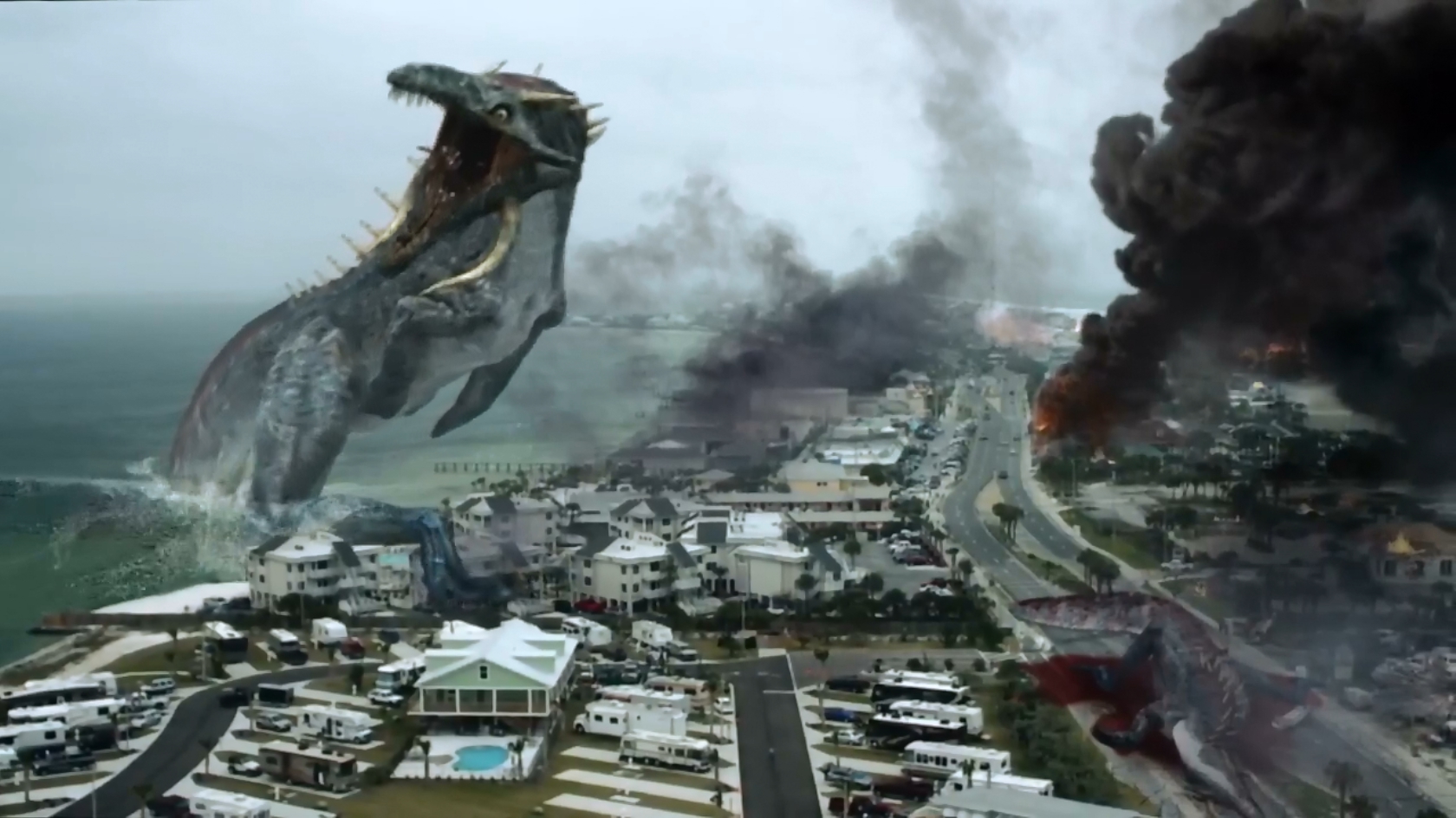
Which brings us to a plot problem. If the creatures can be injured and destroyed by conventional weapons, why the hell are they re-deploying the Armada bots? Because the plot. Why does it taken less than a day to upgrade the bots? The plot. Because the bots now have weapons, jet packs, and a neural interface. Why does the creature attack New York when all the other attacks have been on the Gulf Coast? Because King Kong, Q the Winged Serpent, The Beast, Clover, and Godzilla have done it already. It even takes out the flatiron building. A fair portion of the last fight takes place at the George Washington Bridge, like Cloverfield.
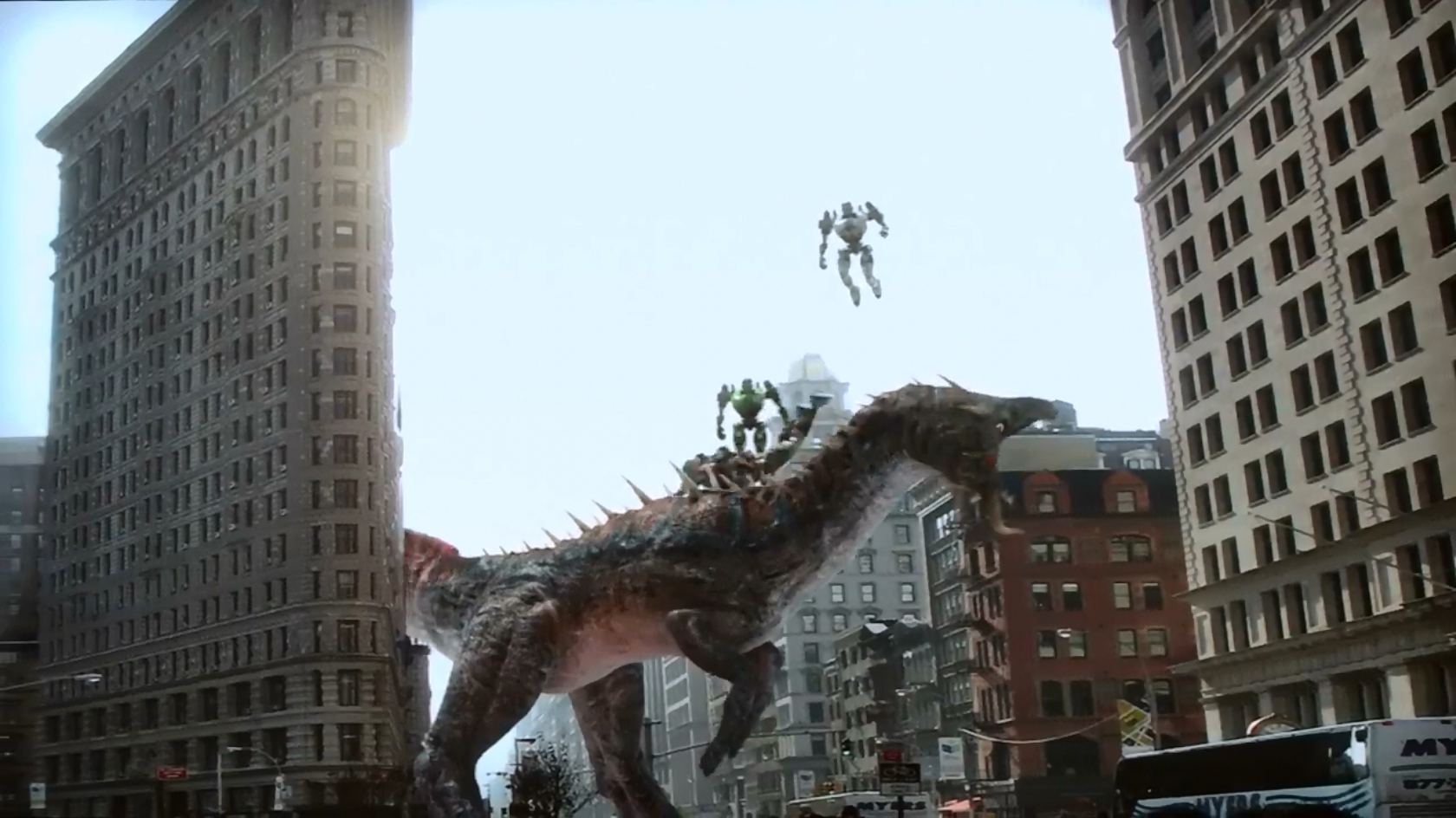
There's a Colonel who is really into dropping a bomb to destroy the monster. He draws a weapon on the Admiral. With his back to a pair of M-16-holding guards. They are not part of the plot, however, so they do nothing. I mean why didn't they just not put the guards in if they weren't going to do anything?
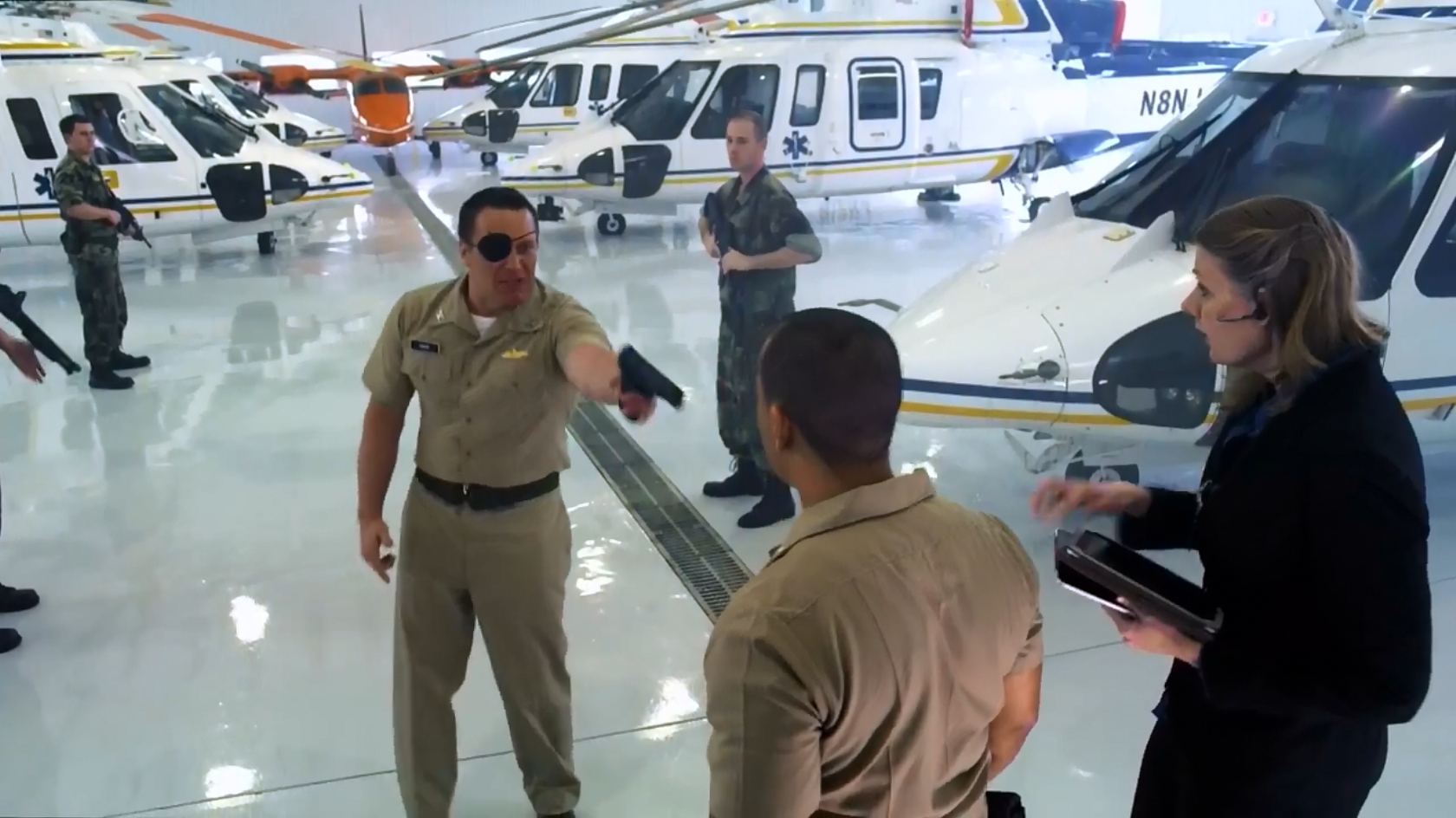
Red throws the monster into outer space, because the suits are escape-capable, and nukes it in orbit. Yay! Plot over.
Like a lot of the newer films, Cloverfield and Monsters, the creatures don't have names. They're just creatures. And unlike Pacific Rim, there's no real exploration as to where it might have come from. Even Cloverfield spend more time and effort on the creature's backstory. On the other hand, we have a lot of shots of Blue flailing around pretending to swing her sword.
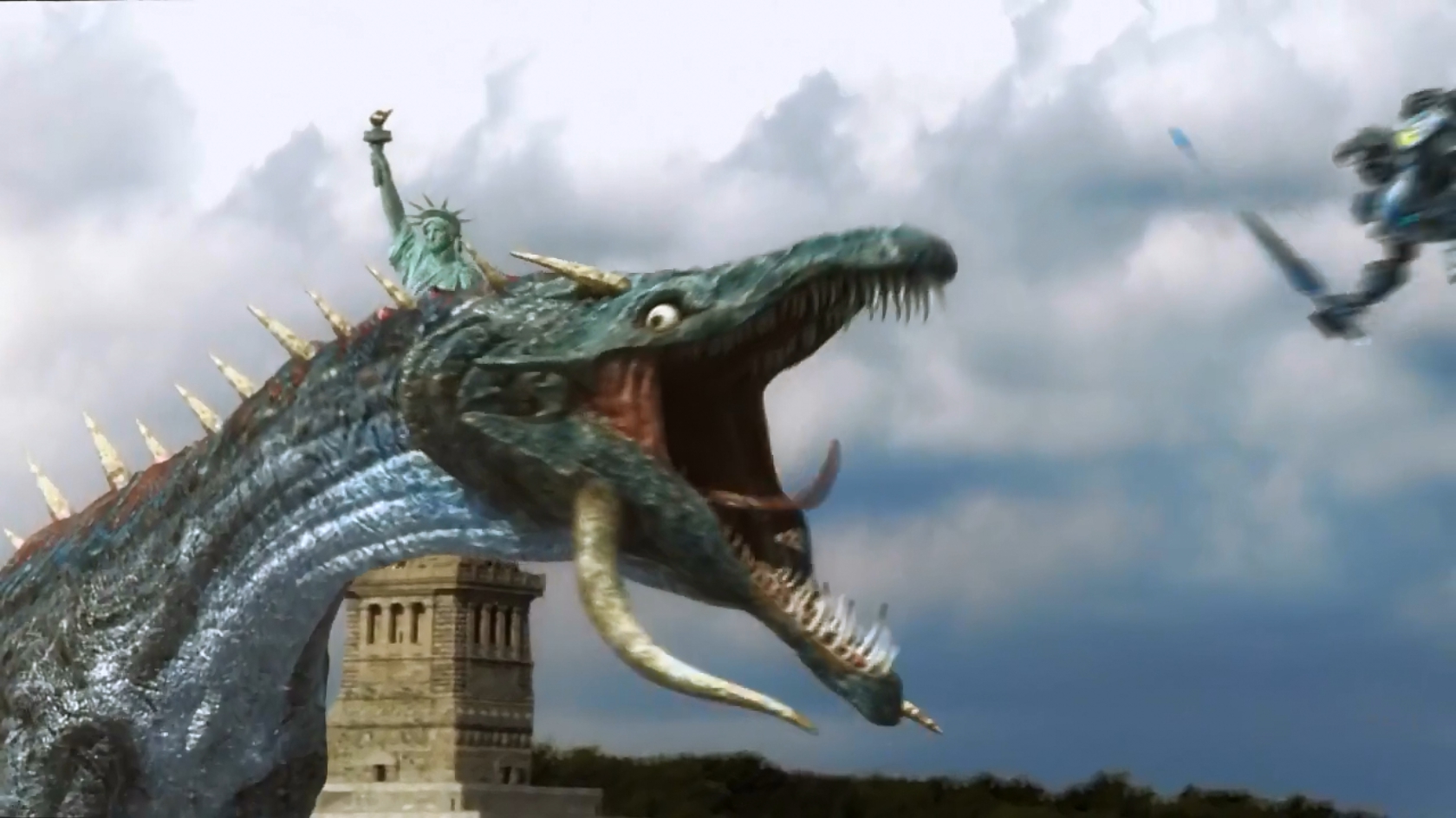
The film lacks charm. Or really any sort of positive characteristic. Full Moon Studios films were at least laughably bad. This film is so bad it's insulting. Asylum doesn't care. Have the chatacters repeat the same phrase four times in less than three minutes? Yeah! Totally irrelevant sideplots that serve no purpose other than eating up time? Shove a couple more in there! It's irritating tho realize that the producers at Asylum think this is a product that should be purchased and watched. I saw it for free, and I still feel ripped off. I don't even recommend it for people who love terrible films.
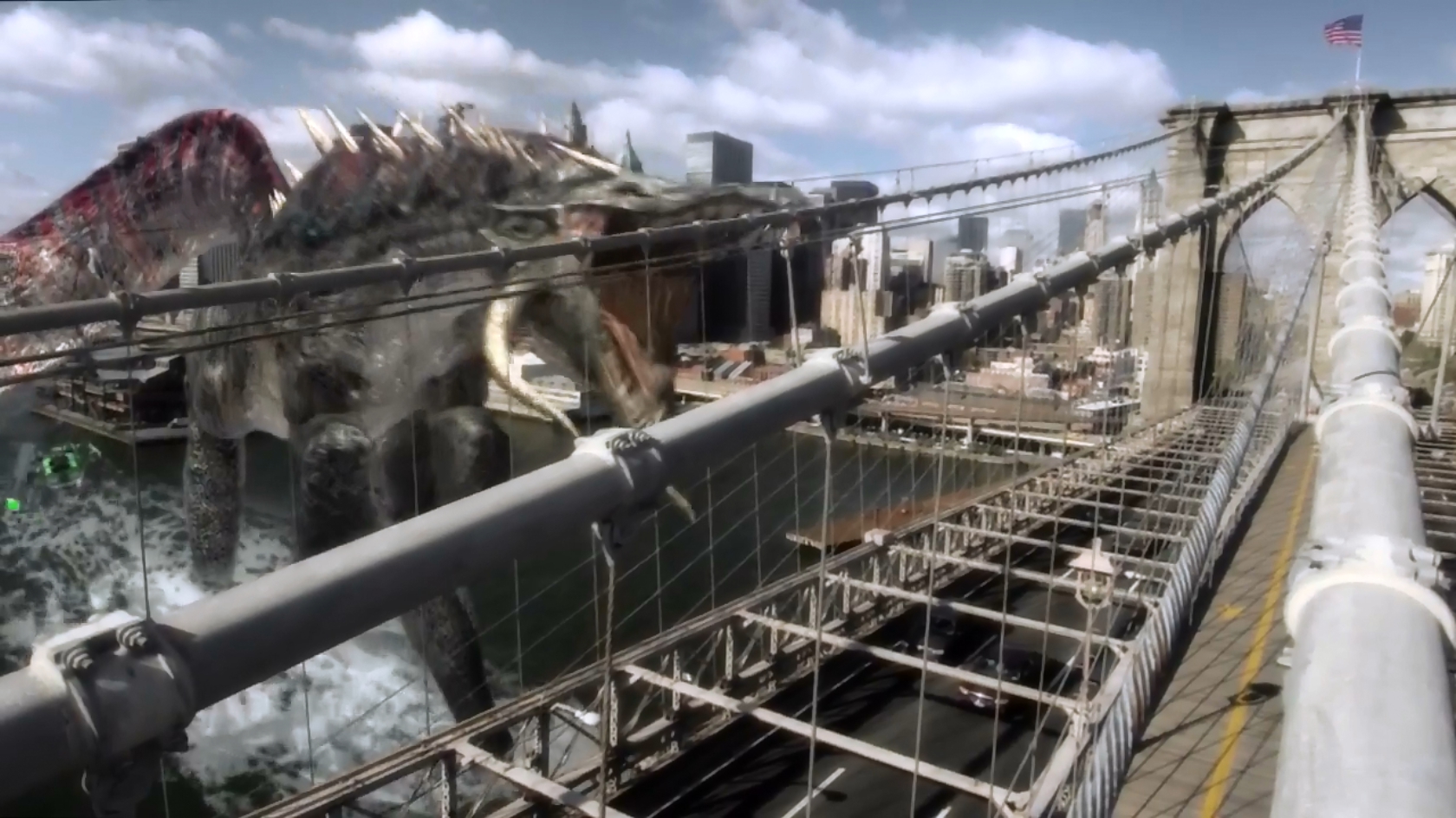
And this is, as the title says, the bitter end. I'm ending the weekly My Year of Monsters after eighty-nine films and nearly two years. I've looked at giant monster films from 1933 to 2014, cheap, good, bad, and historic. It's been fun. There will be other kaiju films, and I'll address them as they come up, adding them to the label. I am anticipating another Gamera project, now that the franchise is 50. The second Host film is due out sometime, and further in the future D-Wars; Mysteries of the Dragon, Skull Island, Toho's next Godzilla film, Pacific Rim 2, Earth Defense Widow, and the second Legendary Godzilla. In addition, there are a couple of films I'm going to go back and look at, such as the Italian cut Cozzilla, the influential Elliot and Rossio script that never got made. But I won't be doing this on a weekly basis any more.
Thanks for reading, I'll write more soon.
